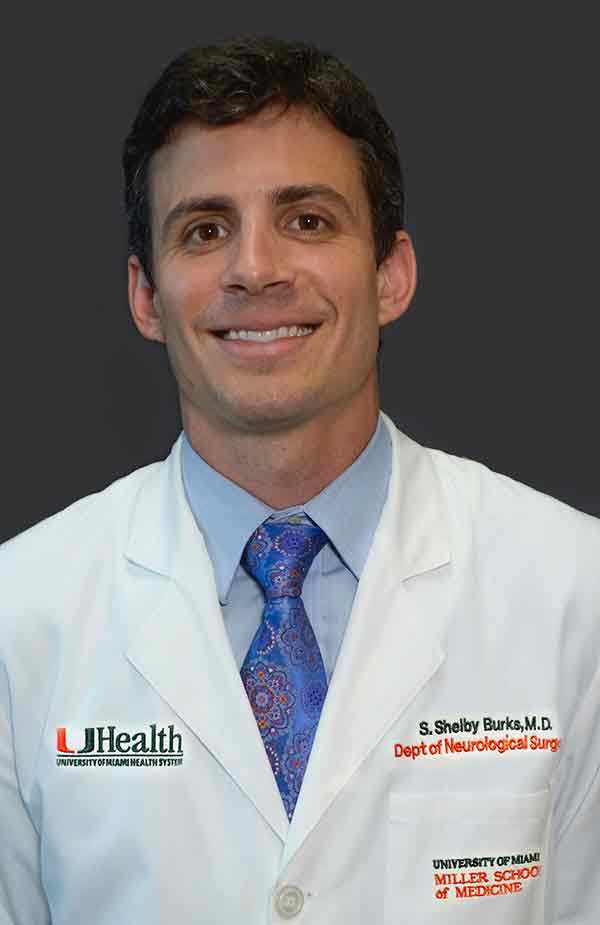What is an Anterior Cervical Discectomy and Fusion?
Anterior cervical discectomy and fusion are surgical procedures used as a combination for the treatment of conditions of the cervical region of the neck. It is performed under general anesthesia and is helpful in decompressing spinal nerves while promoting a stable cervical spine. The surgeon will make an incision at the front, or anterior, of one side of the neck. One of the major benefits of this surgery is easy access to the disc without damaging the muscles of the neck, spinal cord, or healthy spinal nerves.
When is Anterior Cervical Discectomy and Fusion Recommended?
For most cervical conditions of the neck, doctors will recommend non-surgical treatment approaches. Once these treatments fail to produce results, an anterior cervical discectomy with fusion is recommended. Before recommending surgery, the surgeon will consider the following factors:
- Lifestyle
- Patient’s health condition
- Patient’s age
- Anticipated level of activity after surgery
What conditions does ACDF surgery treat?
ACDF surgery is recommended for the treatment of neck pain and nerve dysfunction caused by nerve compression (a pinched nerve). A cervical spine nerve compression is commonly caused by the following:
Bone Spurs
A bone spur is a medical term used to describe an abnormal bony growth protruding from a bone. In some cases, bone spurs may develop on a vertebra. This puts extra pressure on the spinal nerve, squeezing it while passing through the nerve root canal.
Herniated Discs
Each vertebra is separated by a tiny, rubbery cushion known as a spinal disc filled with a soft, gel-like material. In some cases, some of this material may push through the exterior, causing a herniated disc. Displaced disc material tends to damage the ligaments around the spine while pressing on a nerve.
Types of Bone Graft
Local Autograft: The graft comes from recycled bone (from the removal of the ends of vertebral bodies after discectomy during the smoothing and flattening of the bony endplates of the vertebra).
Iliac Crest Autograft: This comes from the bone of the patient. The surgeon makes a tiny incision in the hip to get this graft.
Allograft: This comes from a donor bone from a bone bank.
Substitute for Bone Graft
There are varied types of bone graft substitutes. Some of these are synthetic (man-made) and available in different shapes.
ACDF Procedure
- The surgery is done under the influence of anesthesia.
- The surgeon makes a tiny incision on the front of the neck.
- The actual location of the neural compression source (pressure zone) is determined.
- The surgeon removes the intervertebral disc with any bony material responsible for nerve root compression or additional pressure causing pain. The disc is removed partially or completely, depending on the requirement.
- Spinal fusion is done by placing a bone graft between the two affected vertebral bodies, causing bone growth between the vertebrae. This bone graft stabilizes the spine by binding the two vertebral bones and growing as a single vertebra. The procedure maintains the normal height of the disc.
- The surgeon may use metal plates or pins to provide support, stability, and successful fusion of the vertebrae.
What are the Risks or Complications of ACDF?
As with any surgical procedure, surgery of the spine also comes with some risks. Apart from the usual risks associated with anesthesia, spinal surgery is known to have the following potential risks:
- Blood loss
- Infection
- Blood clots
- Bowel and bladder-related issues
- Nerve damage
- Fusion failure (failure to fuse the vertebral bones with the bone graft, requiring additional surgery)
What should I expect from an ACDF procedure?
Dr. Burks prefers taking a conservative approach to treating spinal dysfunction. Surgery is recommended only if other treatments fail to improve the condition. Once ACDF surgery is decided to be the necessary treatment option, advanced technology is used to perform the minimally invasive procedures. These help minimize pain and any risk of scarring and blood loss.
Anterior cervical discectomy and fusion accesses the cervical spine through the front (anterior) part of the patient’s neck. This procedure is done by making a tiny incision in the front of the patient’s neck. Thereafter, Dr. Burks performs a discectomy, a procedure involving the removal of the damaged part of a disc and any other tissues (a bone spur) responsible for compression of the spine.
Dr. Burks fuses bone grafts after placing each between the affected vertebrae. He may also add extra strength to the graft using metal plates and pins, if required.
Following the Procedure
Dr. Burks will provide patients with detailed instructions on how to take care, medication, restricted activities, etc., to facilitate optimal recovery.
If you are looking for more information on anterior cervical discectomy and fusion, call Burks Spine Surgery or schedule an appointment online by filling out the inquiry form.
How long does it take to recover from ACDF Surgery?
In most cases, patients are kept under observation in the hospital overnight. However, some patients are discharged on the same day. In some cases, doctors would instruct patients to remain in the hospital for a day or two longer.
Complete recovery after the procedure takes about 4–6 weeks. Patients are instructed to avoid doing the following physical activities during this period:
- Driving
- Bending
- Lifting
- Pushing
- Pulling
- Reaching
- Sexual activity
Schedule an ACDF Consultation in Miami
If you are considering anterior cervical discectomy with fusion or looking for detailed information on the procedure, simply call us at 305-243-6946. You may also schedule a consultation with Miami Spine Surgeon Dr. Burks or simply visit our Contact Page to fill out an appointment request form. We would be happier to resolve your queries and serve you better!

Dr. Shelby Burks
Board-Certified Neurosurgeon
Other procedures we perform

